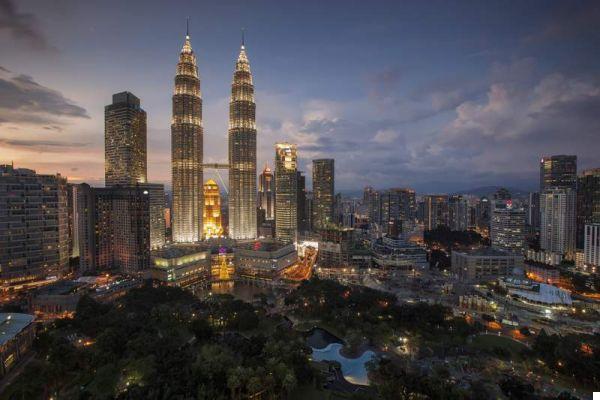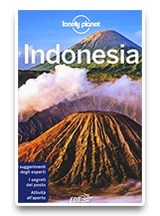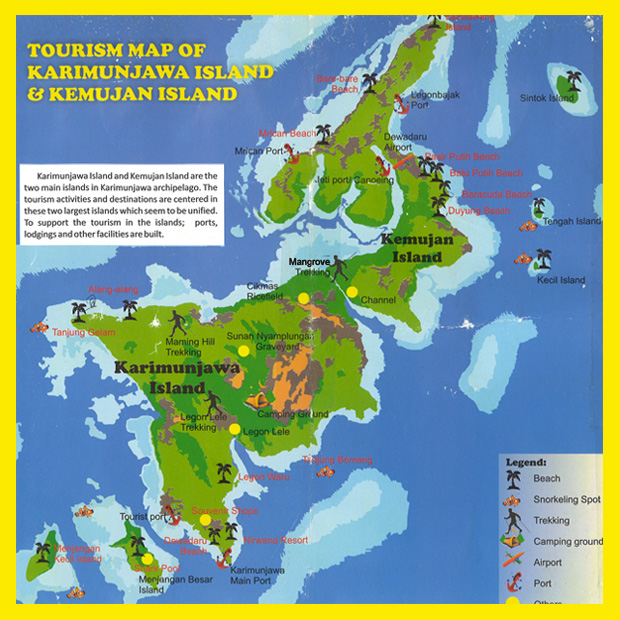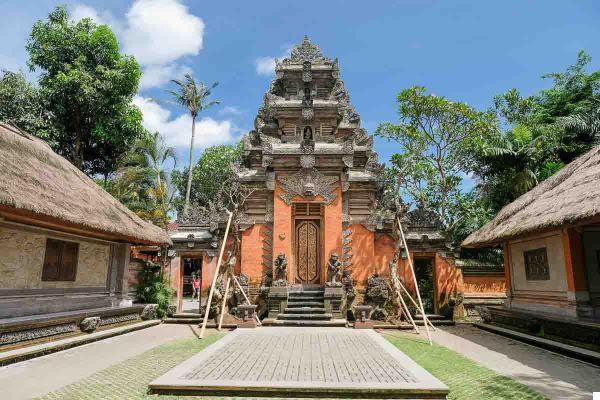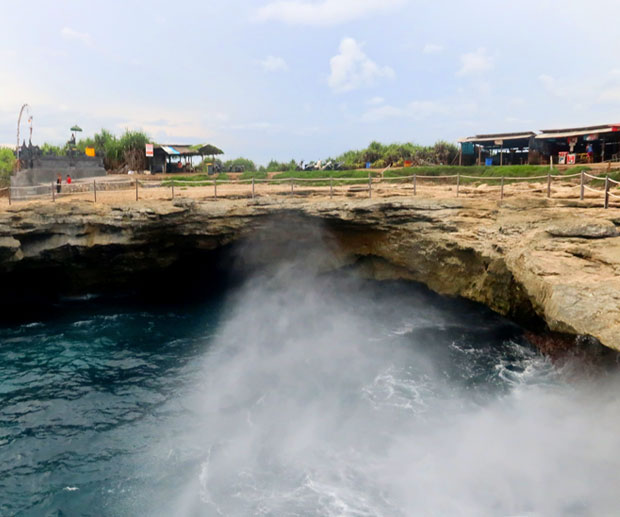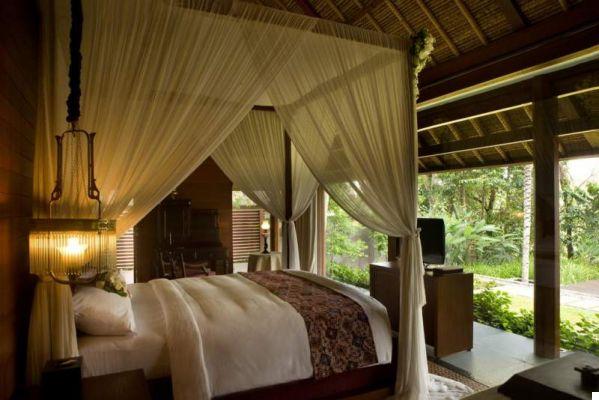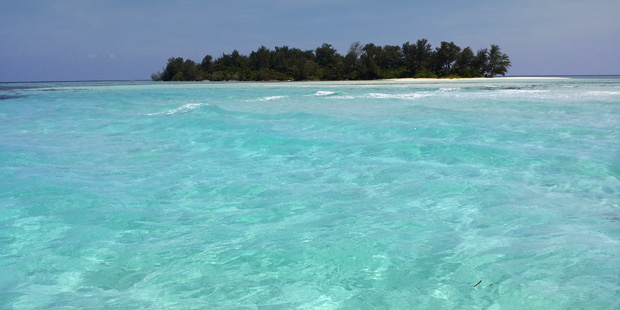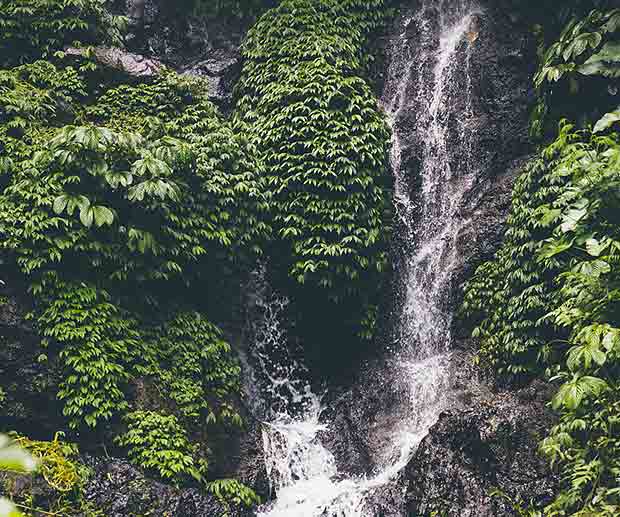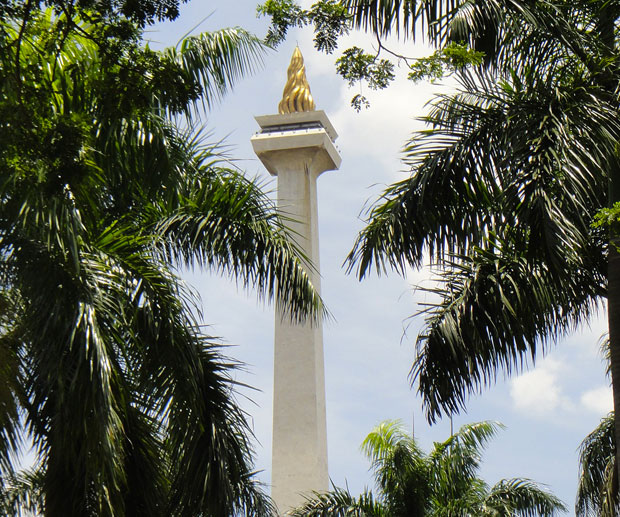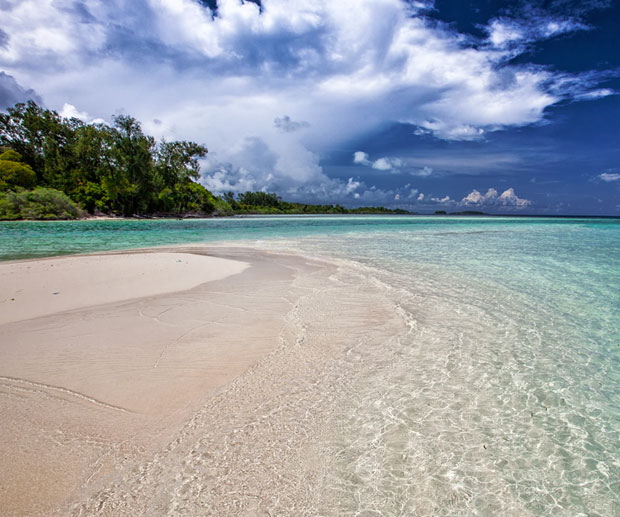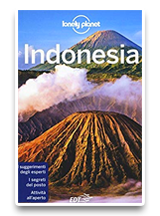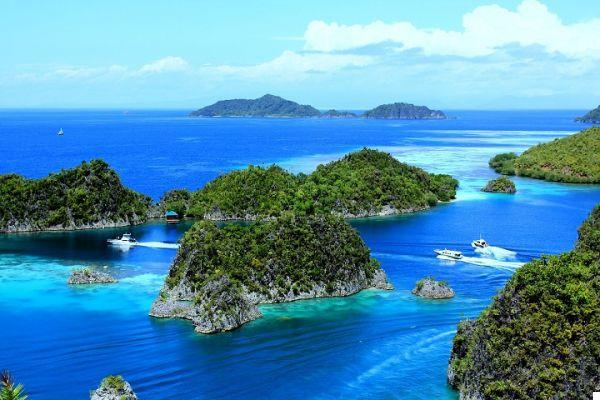
Raja Ampat (Four Kings in Indonesian language): Travel experts say it is the last remaining place on earth to have the resemblance of a paradise. Well, hearing the comments of travelers who have been there, the feeling is just that. A wild, uncontaminated place, nestled in the Coral Triangle in the Indo-Pacific oceanic area with an incredibly unique natural heritage that hosts one of the richest biodiversity in the world.
Raja Ampat is an archipelago located in Indonesia, off West Papua, made up of 1500 islands with an original appearance: in the middle of the blue of the sea, graceful round rocky islets emerge here and there completely covered with vegetation. These large floating green panettone are very impressive in some areas of Raja Ampat, the most spectacular are located 300 km away from Waisai (the capital of Raja Ampat) and are the Wayang islands. It is not easy to reach them and there is no accommodation in Wayang, so the best way to do this is through a cruise boat tour. Crossing the ocean in a 4 to 8 person boat and sleeping under the stars on one of Wayang's beaches is priceless.
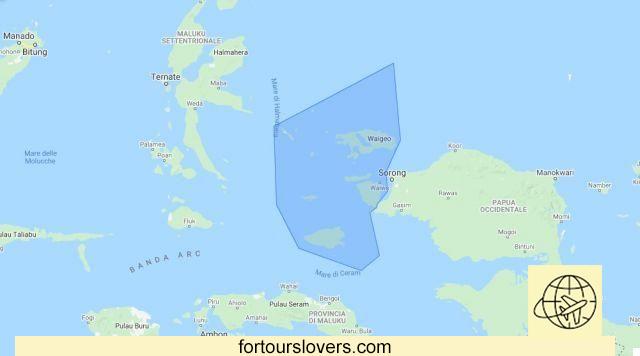
Without going too far, if you don't have enough budget or don't have enough days to spare, you can enjoy the views similar to Wayang also in Piaynemo and Kabui Bay.
Piaynemo, 60 km from Waisai, is a group of green islets that emerge from the crystal clear waters rich in corals. In Piaynemo you can also stay in a homestay in the private bungalows overlooking the lagoon. You will wake up to the sound of birds and waves caressing the white sand beaches.
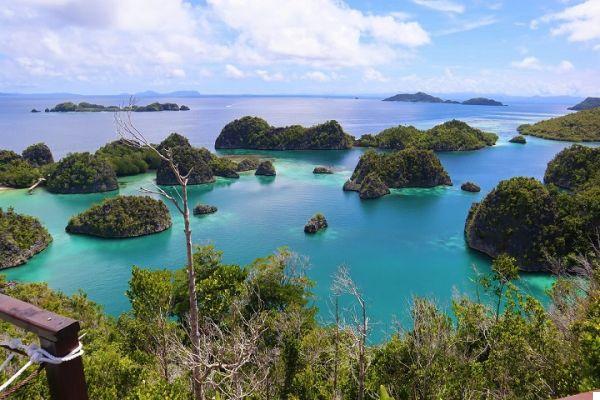
La Kabui Bay, just 30 km from Waisai, is another wild paradise, the jungle on the conical islets that stand out from the sea goes perfectly with the wooden bungalows over the water, with a truly authentic air. There is a need for adaptation to stay in Kabui. You will not find all the comforts of home, there is no telephone line, the electricity comes from a generator, the drinking water is boiled spring water, the necessities you will have to bring with you because you are not here find outlets for the sale of goods: a real detachment from our reality, a unique experience that you will always carry with you.
The 4 major islands of Raja Ampat, i.e. the 4 Kings, are Waigeo, Batanta, Salawati and Misool and are the most popular, while the most popular smaller islands are the following: Kri, Arborek, Friwen, Pam (or Fam).
A Blood you will find numerous diving centers, long white beaches, many tourists, especially families who love snorkelling. Arborek it is a tiny island with a single village, the sandy feature and the lack of rocky reliefs makes a tour of the entire island feasible through a trekking in the midst of lush nature, which is not always feasible on the other islands densely rich in vegetation and soil steep. Friends it is also a very small island, ideal for snorkeling and to reach Kabui Bay, the island is inhabited and there are accommodations to stop and sleep.
The Pam Islands (or Fam) include Piaynemo and are among the most beautiful islands in Raja Ampat. The crystal-clear turquoise waters and white sand beaches graced by a curtain of coconut palms make these islands a favorite destination for tourists who reach Raja Ampat, despite the islands being far from Waisai. In the Pam Islands, there is only one dive center in Pambemuk, while snorkeling can be practiced directly from the beach almost anywhere.
The largest island in the Raja Ampat Archipelago is Waigeo, where Waisai the capital of the archipelago also resides. The interior of the island is dense with vegetation: a rainforest that is home to a wide variety of birds, including the Bird of Paradise, known for the vibrant color of its plumage. The best access points to the coral reef can be found in West Waigeo, the western part of the island, where one of the best snorkeling in the world is practiced.
Thanks to the long distance, mass tourism hardly reaches these places which for now remain uncontaminated.
What should you know before planning a trip to Raja Ampat?
Before deciding to take a trip to the Raja Ampat Archipelago you should know that:
- The journey to reach the archipelago is long and expensive, there are no direct flights to Sorong (the main airport) but you will have to fly from Jakarta or Surabaya, or from Singapore to Makassar, Kuala Lumpur to Makassar, or Singapore to Manado. From these airports you can then travel to Sorong. Landed in Sorong you will have to board ferries, speedboats or small internal flights that reach Waisai, the capital on the island of Waigeo. From Waisai you will then reach your island through private transfers that are made available by the families who manage the Guesthouse, the lodgings on the islands. Transfers between the islands are organized only by the families themselves, there are no alternatives. All this could take many hours of travel.
- From December 2019 to enter most of the protected marine parks in Raja Ampat you will have to pay a tourist tax of approximately $ 50. This money is used for the conservation of marine parks.
- The telephone and electricity lines on many islands may be missing, the energy is produced by the generators but contacts with the outside world may be absent: an authentic journey away from our reality.
- Many accommodations on the islands are stilt houses or reed bungalows, for an experience in direct contact with the wildest nature in a dimension far from comfort but with a primordial essence.
- Before leaving, get the necessary medicines for any small eventuality, on the islands you will not find adequate facilities or pharmaceutical outlets. There is a first aid hospital in Wasai, but for more serious treatment you will need to go to Sorong. Antimalarial prophylaxis is always strongly recommended.
Ready to go on this wild adventure? So let's see when it is best to do it.
When is the best time to go to Raja Ampat?
The climate of Raja Ampat is a tropical climate, with high temperatures all year round and averaging around 30 ° C during the day and 25 ° C in the evening. Even the sea water has a constant trend throughout the year and is around 29 ° C, ideal for diving in any season.
As far as rainfall is concerned, the Raja Ampat Archipelago is affected by the monsoonal influence of the south-east between May and September, with almost daily rainfall, even intense but of short duration and which is concentrated mainly between June and July. You can enjoy good weather even during the wettest season. What most characterizes these months is the strength of the winds that blow with particular intensity on certain days, making the navigation of the waters between the islands more lively. The monsoon winds during the rainy period blow from the south-east therefore, in those days, it is preferable to go to the beaches to the north-west, more protected from the winds.
From the month of October the currents begin to veer towards the north-west and the winds are less humid, thus bringing sunnier days until the whole month of April when they resume their direction from the south. Even during the driest months there may be some rainy days, but in a less intense and rapidly evolving form. Between mid-December and January there is again a passage of wet currents that can bring some more rain.
The ideal period for a trip to Raja Ampat is from mid-October to mid-December, but the months of February, March and April are also good.
Our recommendations
Before reaching Raja Ampat consult this page to find out everything about the Indonesian archipelago: Stay Raja Ampat.
Interesting tour from which to take inspiration or to join is that of Viaggi Avventure nel Mondo.




